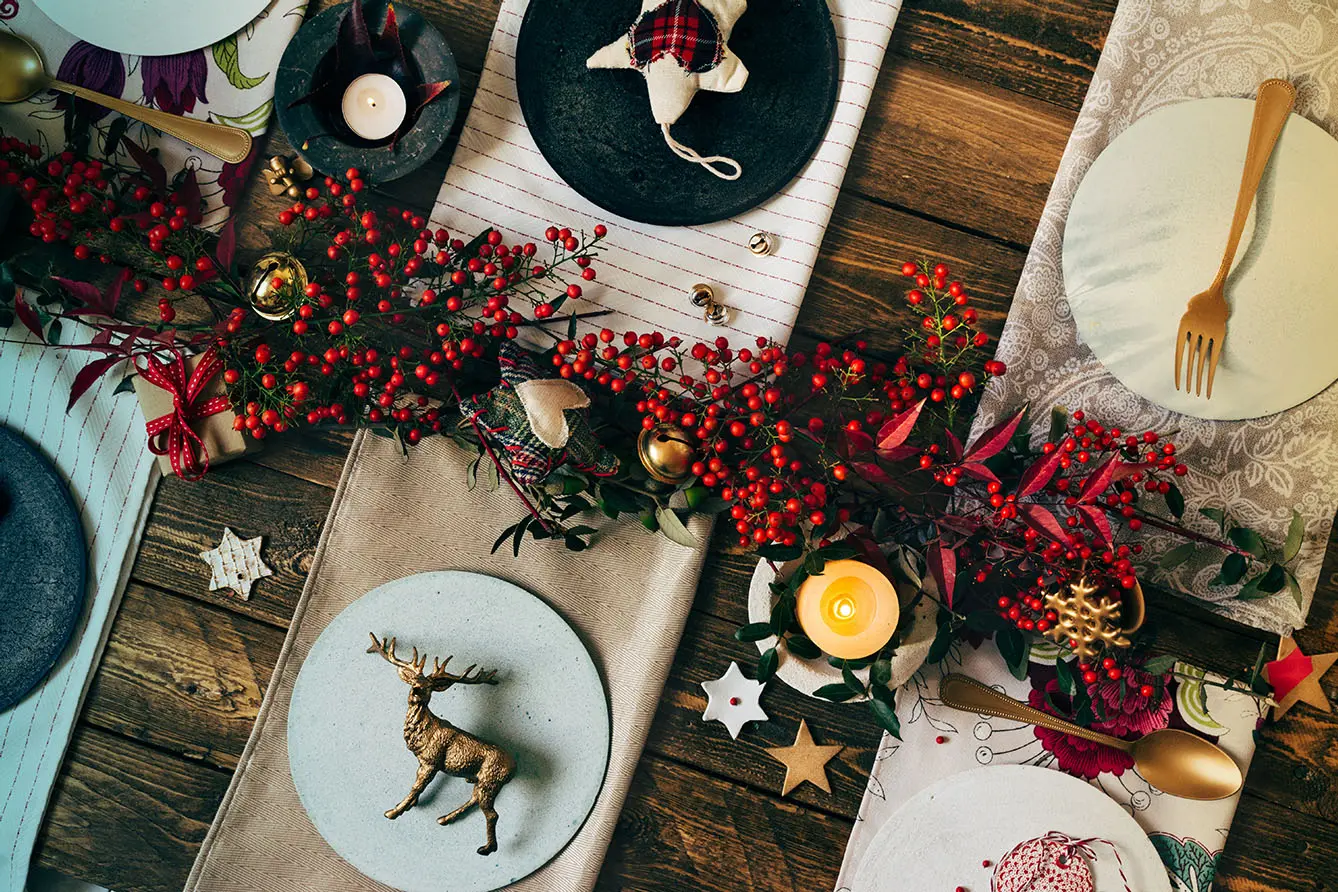Any festive table in Latvia is usually heaving. The expression of gratitude, celebration, and hospitality through food is one we share with other nations. On one occasion, however, calls for a particular number of dishes on the table, and that is Ziemassvētki – Christmas or Yule. If ever a diet seems called for, it is the run-up to this day in December when your stomach must accommodate nine foods, with some sources even claiming twelve.
Christmas abundance in Latvia
Nowadays, in accordance with the Christian calendar, 24 and 25 December are national holidays in Latvia. Most households mark the occasion with a wider celebration on Christmas Eve. Still, many continue to incorporate elements of the traditional Yuletide festivities, which our ancestors celebrated in honor of the winter solstice long before Christianity arrived. And some only celebrate the solstice by sticking to what feels more authentic.
Before Christianity set in, our ancestors lived in tune with a solar calendar. They celebrated Ziemassvētki for three to four days, culminating on the day of the solstice when the day was the shortest and the night the longest. It was a loud, joyous and dynamic occasion rooted in the rhythms of nature to mark the return of the light. During the dark, cold and harsh time of the year, Ziemassvētki gave reason to come together and generate physical and metaphorical warmth.
Numerous folk songs reveal the significance and practical aspects of the occasion. Here is just one example:
Ko mēs, bērni, ēdīsim
Ziemassvētku vakarā?
Būs zirnīši, būs pupiņas,
Būs cūciņas šņukuriņš.
Translation:
What will we eat
On the Eve of Yule, children?
There will be peas; there will be beans,
There will be a piggy’s snout.
Foods for luck, prosperity, and a good harvest in the next year
So now we know the typical feast was rich in protein! Let’s take a closer look at some of the other dishes commonly found on the Ziemassvētki table:
- smoked pig’s head,
- pig’s snout – a supposed symbol of the plow because the pig, too, turns the soil with its nose,
- koča or pearl barley stew with smoked bacon and onion,
- sprouted grains, symbolizing fertility,
- Latvia’s grey peas, which have been on the list of European Protected Designations of Origin since 2015,
- sausages – a supposed symbol of the solstice because the two ends meet,
- biguzis or a trifle-like dessert with layers of rye bread, cream, and cranberry,
- stewed cabbage for strength,
- pīrāgi or crescent-shaped lard and bacon-filled pies representing hospitality,
- drinks like honey beer and herbal teas.
Why nine foods? In Latvian folklore, the number nine is sacred, symbolizing cyclicity and the passing of time. It figures in the traditional calendar as there were nine days each week. Some sources, however, mention twelve foods, and it is difficult to confirm traditions as they could vary from household to household.
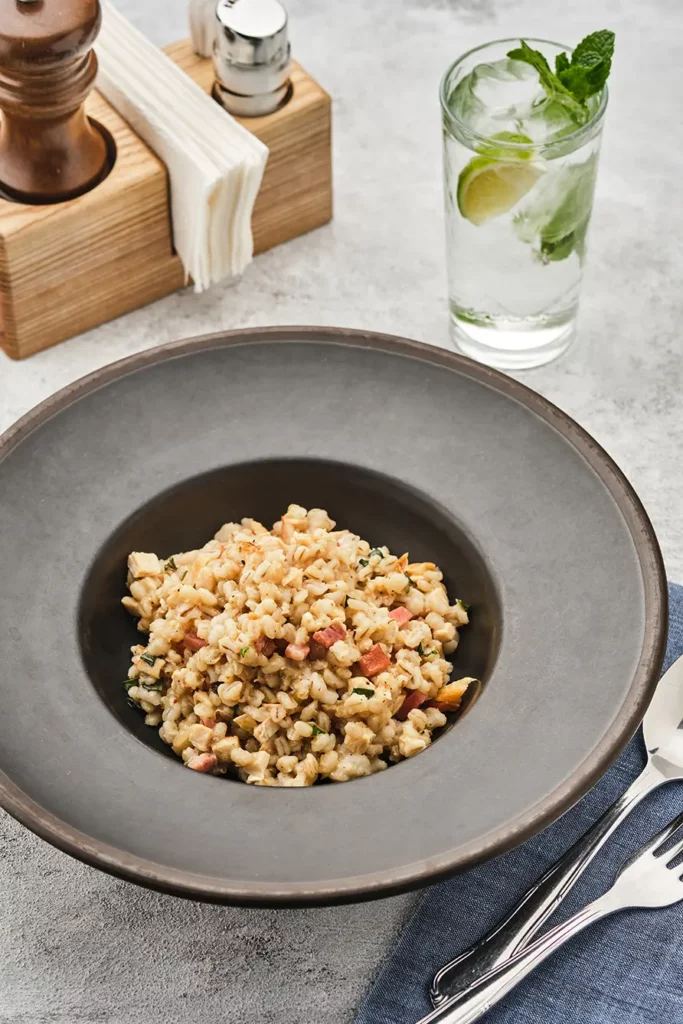
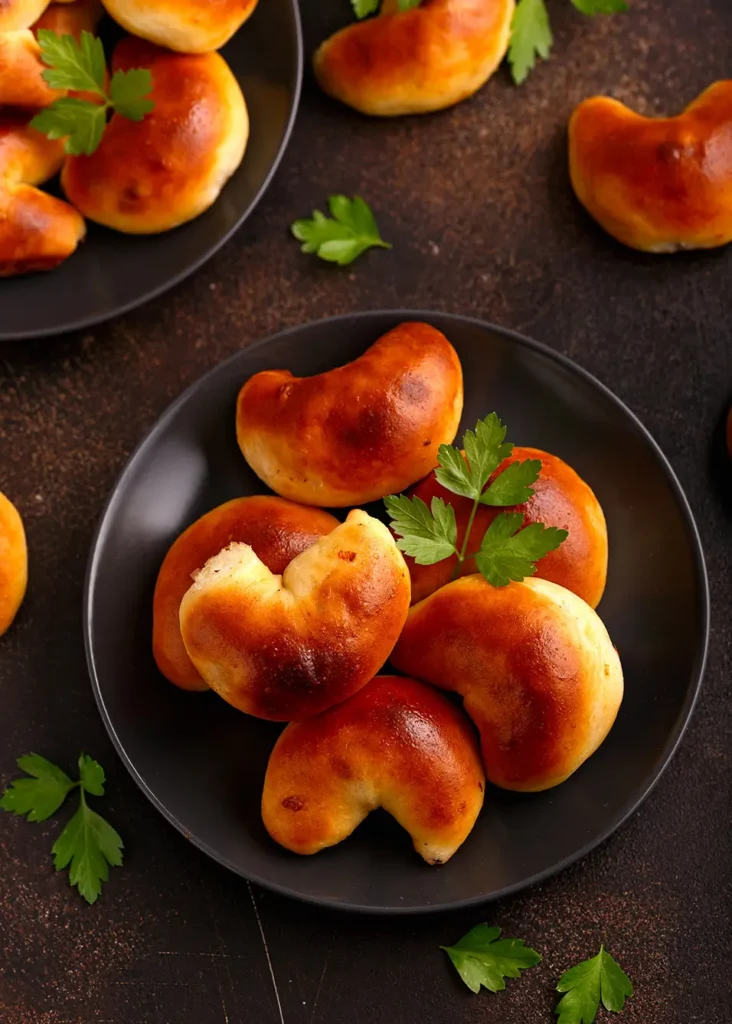
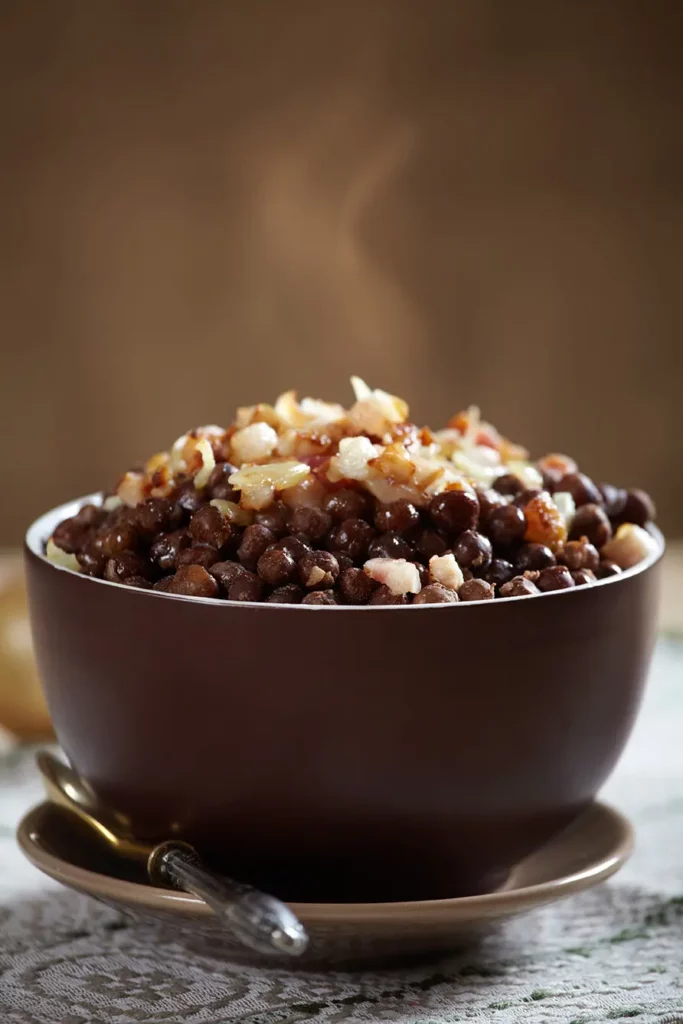
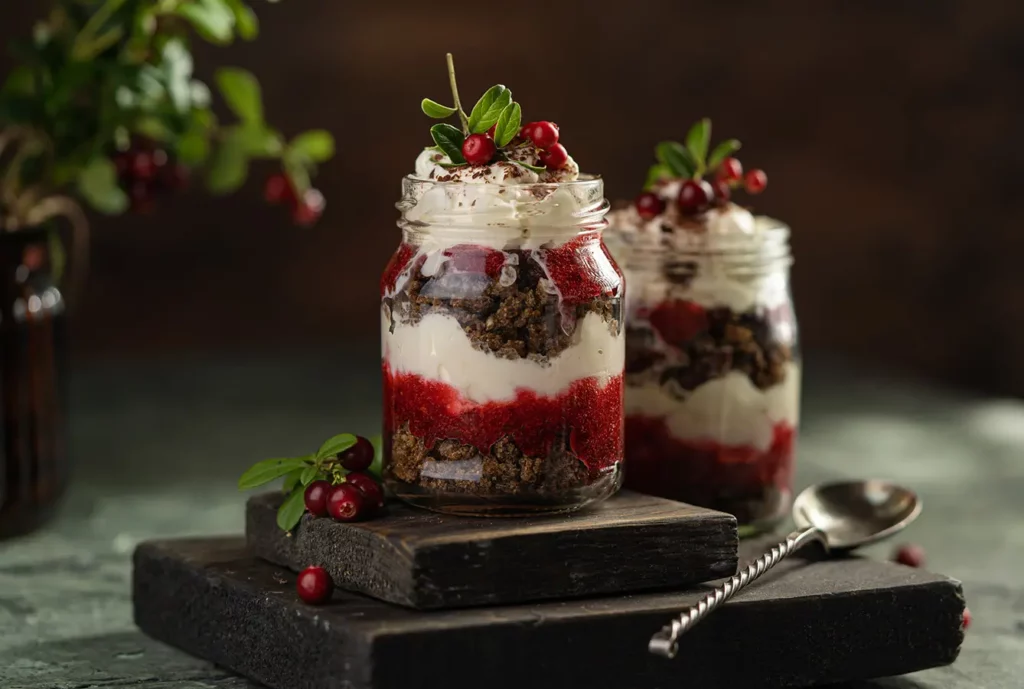
Food-related folk beliefs
Folk beliefs also suggest why you should or should not eat each food on the table. These are from the book Latvian Household Traditions and Celebrations (Latviešu sadzīves tradīcijas un godi) by author Diāna Karaša, the director of the Latvian Chamber of Crafts.
“Mazi bērni nedrīkst zirņus ēst – tad utis aug galvā.”
Young children mustn’t eat peas, or else they will get head lice.
“Ziemsvētkos nes uz riju maizi un šķīvi ar gaļu un noliek to uz krāsns, lai netrūktu labības, miltu, maizes.”
One must take some bread and a plate of meat to the threshing barn at Yuletide and place it on the stove to ensure plenty of grain, flour, and bread.
“Vajag ēst ziŗnus – tad būs daudz naudas.”
One must eat peas – then one will have lots of money.
“Zirņi noteikti jāapēd, lai nebūtu jāraud.”
One must eat peas to avoid tears.
A joyous event to finish the year on a high note
Whether or not you believe in ancient symbolism and engage in tradition, Ziemassvētki is what you make it. Latvians have some great ideas to make an occasion out of the winter solstice or birth of Christ. However you choose to see it.


